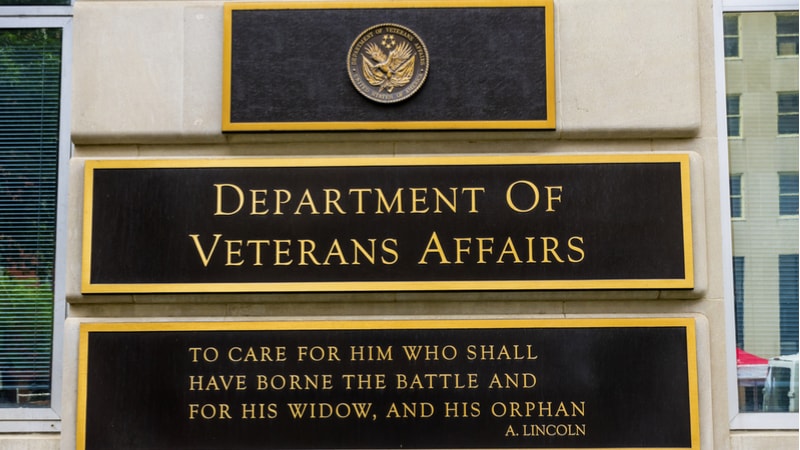
The Department of Veterans Affairs’ (VA’s) CIO office undertook quick efforts to respond to the COVID-19 pandemic and ensure that its infrastructure supported safe telework. The office was able to meet the needs of an organization playing a crucial role in keeping the country healthy, recounted VA CIO Jim Gfrerer along with other experts during a MeriTalk webinar on December 16.
Gfrerer discussed some of the rapid moves the department made at the start of the pandemic, and noted the stress that increased telework put on the VA’s network.
“I chuckle when I think about things that we had to do in a once-in-a-century pandemic,” said Gfrerer, describing the stress testing that closed three of the department’s four TIC gateways in March to improve capacity at others.
Another theme that has emerged among agencies is the need for greater digital interactions with the public. Jonathan Alboum, Federal CTO at ServiceNow, described some of the efforts he has seen, and the effect of that trend on government.
“COVID has accelerated digital transformation in ways we didn’t necessarily expect … I think the agency CIO community recognizes their responsibility to meet their customers and agency in a very digital space right now,” said Alboum.
ServiceNow worked with the VA to get a new cloud-based enterprise resource planning (ERP) system in place, giving the department an “enterprise view and service management capability – if we had not been building on that for a couple of years and continued our efforts, we would not have provisioned the resources and delivered the business outcomes we were able to deliver the past year,” said Gfrerer.
While VA made a lot of progress, Gfrerer acknowledged supply chain struggles during the chaotic early days of the pandemic, especially in the world of computer hardware.
“One of the review items that I submitted to the Office of the Federal CIO was the Defense Production Act and how it was really found wanting in terms of a national emergency around a pandemic,” said Gfrerer. “In those critical days in March, when the supply chains were disrupted and vendors were challenged to provide equipment and services, healthcare agencies were not getting the priority they needed,” he added.
Mitchell Schwartz, healthcare CTO at ThunderCat Technology, echoed those issues, but noted how VA’s investments in cloud avoided the bottlenecks that hardware investments faced, and reduced the bandwidth pressures on VA’s internal networks. Looking to the future, he offered that the private sector saw a much better acquisition process, and hoped to continue to partner with VA in a fast, agile way.
“I would say the rules are broken now … we were watching during COVID, procurements going through RFI, RFQ, to procurement, to on the floor in a couple of weeks, and we couldn’t explain why we would ever go back to doing it by months or by years,” Schwartz said. “We’ve broken the rules – it’s now time to embrace a lot of that.”
For the full story on lessons learned from the VA, watch the webinar.
